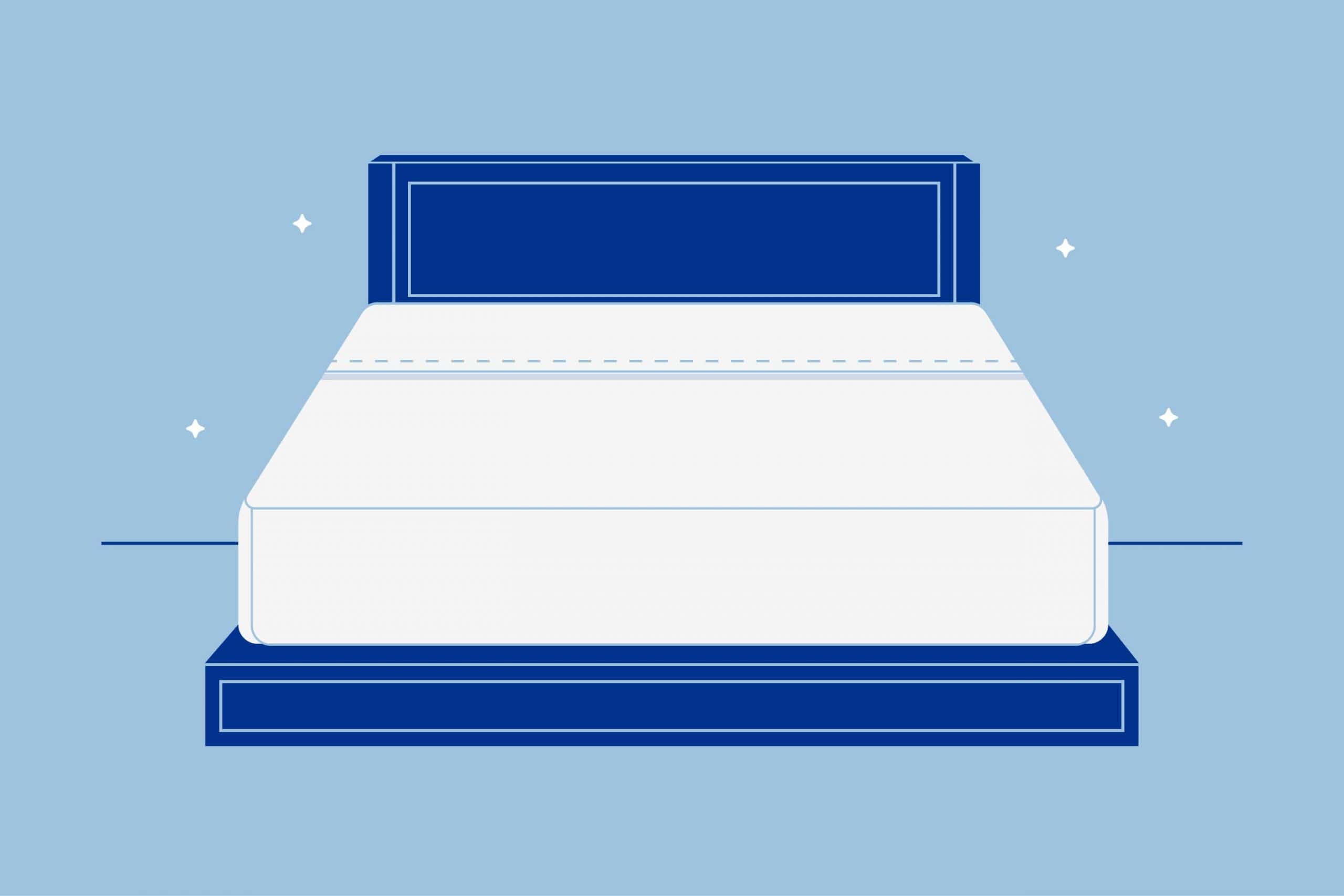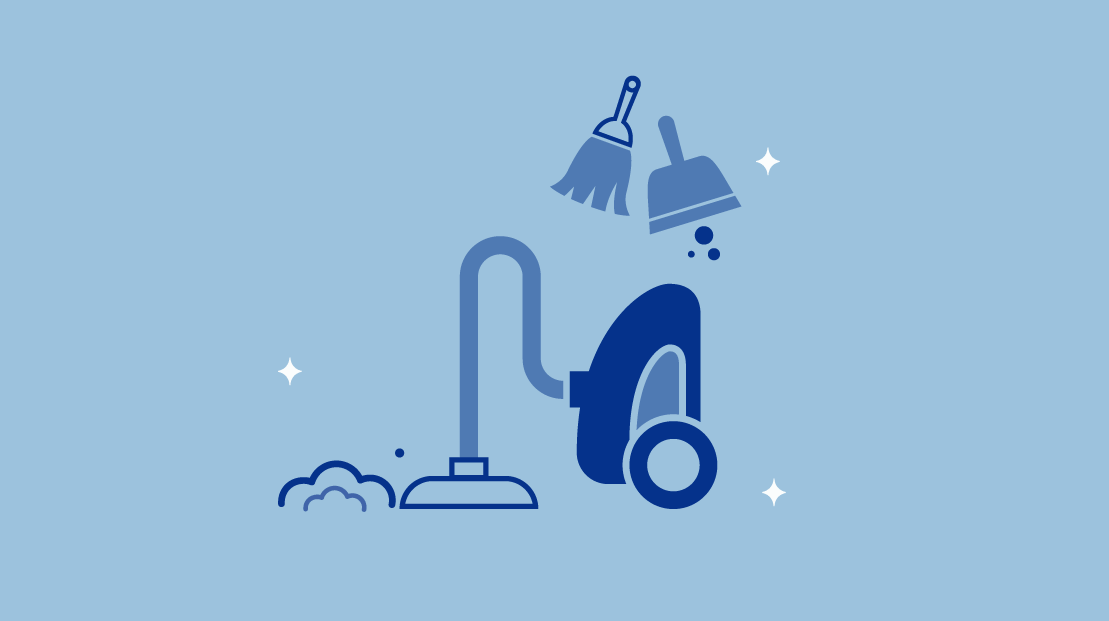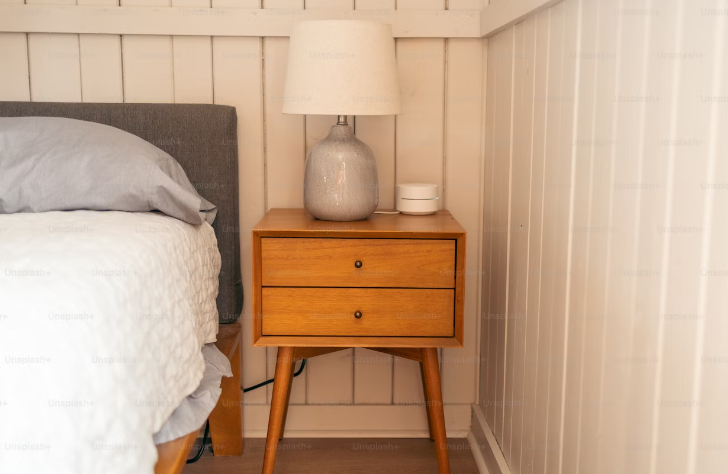Key Takeaways
- Matching Sheet Sizes Keeps Them in Place: Selecting the right bed sheet size is crucial to ensure a perfect fit for your mattress, as even slight variations can affect the way the sheets stay on your bed.
- Choose a Size that Matches the Mattress: Bed sheet sizes vary depending on the mattress size, and it’s important to match them correctly to prevent issues like bunching or slippage.
- Consider How the Sheets Will Slip Over the Mattress: When choosing bed sheets, consider not only the mattress dimensions but also the mattress thickness, as this will affect the pocket depth of the fitted sheet needed for a secure fit.
When getting bed sheets for your new mattress, the most important factor beyond fabrics and colors is getting the sizing right.
Bed sheets have some slight size variations depending on the brand, so even though you’re buying queen sheets for your queen bed, they may not fit as well as you expected. While it’s okay for your comforter and flat sheet to be a couple inches off, your fitted sheet should match perfectly with your mattress so it won’t bunch or fall off.
Our article takes you through the most common bed sheet sizes, along with how to take your bed’s measurements to get perfectly fitting sheets.
Standard Bed Sheet Sizes Overview
| Size (in) | Fitted Sheet (in) | Flat Sheet (in) | Comforter (in) | Bedskirt (in) | |
|---|---|---|---|---|---|
| Crib | 28 x 52 | 28 x 52-54 | N/A | 30-36 x 46-50 | N/A |
| Twin | 38 x 74 | 39-40 x 75-76 | 60-75 x 90-102 | 68 x 86 | 38 x 74 |
| Twin XL | 38 x 80 | 39-40 x 80 | 60-75 x 102-114 | 68 x 90 | 38 x 80 |
| Full/Double | 54 x 75 | 54-55 x 76 | 84-90 x 90-96 | 86 x 86 | 54 x 75 |
| Queen | 60 x 80 | 62 x 82 | 92-102 x 88-115 | 90 x 90 | 60 x 80 |
| King | 76 x 80 | 78 x 82 | 102-110 x 88-115 | 104-106 x 90-92 | 76 x 80 |
| California King | 72 x 84 | 73 x 84-85 | 108-111 x 102-114 | 102 x 96 | 72 x 85 |
Crib Size Sheets Dimensions
Crib size sheets are typically quite thin to best suit crib mattresses for toddlers and infants. You won’t find crib size bed skirts or flat sheets since infants don’t sleep with flat sheets and bed skirts don’t pair with cribs.
Twin Size Sheets Dimensions
Twin size sheets and mattresses are mostly used for children, teens, and college dorm rooms. Twin beds are also a good option for adult sleepers with limited space. You may see some brands refer to twin bed sheets as singles, the twin bed’s traditional name.
Twin XL Size Sheets Dimensions
Twin XLs are typically used in college dorms because they fit in practically any bedroom, are compatible with bunk beds, and suit the height of taller college students. Despite being called a twin, the twin XL mattress is too long for a twin size fitted sheet. However, you can get away with using a twin comforter and flat sheet if needed.
Full/Double Size Sheets Dimensions
Full size mattresses (double beds) and sheet sets are a step up from the twin size bed at 16 inches wider, though they’re not any longer. Full size beds are good for solo sleepers who need more personal space, but they aren’t big enough to sleep two people comfortably.
Queen Size Sheets Dimensions
Queen size sheets are both long and wide to fit queen beds. Queen mattresses comfortably fit two sleepers as well as those over 6 feet tall. They are also a good mattress size for solo adult sleepers.
King Size Sheets Dimensions
King mattresses are the biggest bed size, and are suitable for single sleepers, two adult sleepers, or parents with one child. Being so large, king size sheets and other accessories (comforters, duvet covers, bed frames, and more) are generally the most expensive.
California King Size Sheets Dimensions
A California king sheet set isn’t necessarily bigger than a king bed, but it is a different shape. California king beds are 4 inches longer than king beds, so they won’t use the same bed sheets. This long of a bed is suitable for extra-tall adults or anyone with a narrow bedroom.
Pillowcase Sizes and Dimensions
Different pillow sizes are suited for specific bed sizes to ensure there are no gaps between your pillow and the mattress. Pillowcases are approximately the same length as their corresponding pillow, give or take one or two inches, but they are also several inches wider.
Let’s take a look at the approximate pillowcase sizes you can expect:
- Standard: 20 inches by 32 inches
- Queen: 20 inches by 30 inches
- King: 20 by 36 inches
- Body: 20 by 54 inches
Measure Your Mattress
When choosing sheets, you want to keep in mind your mattress’s height, width, and thickness. Although mattresses typically have the same height and width, they may vary ever so slightly. Also, depending on the firmness and materials in the mattress, the thicknesses differ. Read more about the subtle differences between 10-inch vs 12-inch mattresses.
If you’re unsure of the exact size of your mattress or its thickness to get corresponding sheets, figuring it out is quite easy. Here are some simple steps to measure your mattress and figure out its dimensions:
- Strip your bed of all blankets, sheets, and pillows to ensure your measurements are accurate.
- Using measuring tape, measure the length of your bed from the foot to the head of the mattress. Round up your measurements if needed.
- Next, measure the width by taking the measuring tape across your mattress from left to right. Complete this measurement at the center of the mattress to account for any fullness at the center.
- Lastly, measure the mattress vertically to determine its thickness or height. If you use a mattress topper or the bed has a pillow top, include it in your measurements to ensure the sheets will cover it and the mattress adequately. Don’t include your box spring or foundation in this measurement, since it won’t be covered by your bed sheets.
Once you have the proper measurements, you can better choose the right size sheets, frames, and foundations.
Fitted Sheet Pocket Depth
When looking for a fitted sheet, consider your mattress thickness. Fitted sheets typically fit a standard mattress (7 to 12 inches thick). As a reminder, for adult sleepers we generally recommend beds in the 10-inch to 12-inch mattress range as the minimum to consider, with thicker mattresses excellent for those who want softer feels.
However, if your mattress is thicker than this standard range, you’ll need a deeper pocket depth for your fitted sheet to prevent it from popping off the bed. Here are the corresponding pocket depths for your mattress thickness:
- 7 to 12-inch mattress: Standard pocket
- 13 to 17-inch mattress: Deep pocket
- 18 to 25-inch mattress: Extra-deep pocket
We advise getting a deeper pocket depth fitted sheet if you have an adjustable bed base to ensure the sheet stays on while the mattress is in different positions.
As a side note, Amerisleep sheets can slip over mattresses up to 18 inches thick, for anyone who’s seeking high-quality bedding with deep pockets.
Quick Guide: A 30-Second Summary
| Best Tencel Sheets | Amerisleep Tencel Sheets |
| Best Bamboo Sheets | Amerisleep Bamboo Sheets |
More Mattress and Bedding Size Guides
It’s important to choose the right size sheets, as otherwise they won’t slip over the mattress or they won’t stay on properly. Similarly, it’s important to choose the right size when you’re shopping for other mattress accessories.
- RV Mattress Sizes and Types
- Mattress Sizes and Dimensions in Canada
- Bunk Bed Mattress Size Guide
- Hospital Bed Mattress Sizes and Dimensions
- Bed Frame Sizes and Dimensions Guide
- Mattress Protector Sizes and Dimensions Guide
- Adjustable Bed Sizes and Dimensions Guide
- Blanket Sizes and Dimensions Guide
- Murphy Bed Sizes and Dimensions Guide
- Bed Pillow Sizes Guide
- Headboard Sizes Chart and Dimensions Guide
- Pillowcase Sizes and Dimensions
- Mattress Foundation Sizes and Dimensions Guide
- Duvet Sizes and Dimensions Guide
- Comforter Sizes and Bedding Chart

FAQs
Where do you get bed sheets for non-standard mattress sizes?
Oftentimes, retailers who sell non-standard mattress sizes also sell matching bed sheets, bed frames, and comforters. If not, you can find non-standard bed sheets sold at boutiques or have them custom-made by a tailor.
Will full sheets fit a full XL?
No, you can’t use different sized bed sheets for different mattresses. Fitted bed sheets, especially, need to be the exact size of the mattress, or else they might rip or ruin the elastic. Similarly, using too big of a fitted sheet only causes annoying bunching.
Although a flat sheet won’t rip or stretch on a bigger mattress, a full size flat sheet is too short for a full XL bed.
Why does my fitted sheet keep coming off?
Your fitted sheet may be too small for your mattress’s thickness and thus can’t securely stay in place.
If so, we recommend switching to a deep pocketed fitted sheet. You can also try out sheet suspenders or straps, elastic clips you attach to the corner of your bed to keep the sheets together.
What are the best bed sheet fabrics?
Choosing the fabric for your bed sheets can come down to personal preference, but it also affects the sheet’s durability, breathability, and softness. Here are some of our favorite bed sheet fabrics:
- Cotton: Cotton is well-known because it’s generally affordable, breathable, and durable. Its softness depends on the thread count, with the best cotton sheets being Egyptian and Pima cotton.
- Tencel™: Tencel™ is an all-natural fabric made from the cellulose in eucalyptus. Verified Source Research Gate Network service for scientific researchers that makes it easy for experts to find and share papers. View source It’s very soft, breathable, and wicks away moisture to ensure you stay dry.
- Bamboo: Bamboo, also called bamboo rayon, is soft yet silky. The long bamboo fibers prevent pilling and boost the sheet’s durability.
- Polyester: Polyester is very inexpensive and durable against stains, wear, and wrinkles. Still, it’s less breathable, moisture resistant, or soft compared to other mattress materials.
How often should I replace my bed sheets?
You should replace your sheets every 2 to 3 years, but if you aren’t positive how old your bedsheets are, here are some indicators it’s time to replace your sheets:
- Thinning and tearing fabric
- Discoloration or yellowing (due to bodily oils)
- Fabric pilling
- Fading
Be sure to wash your bed sheets every one to two weeks to help them last longer.
Conclusion
We advise you to always get the corresponding bed sheets for your mattress to prevent your sheets from hanging too low or dragging on the floor. Sizing up or down in your bed sheet size only stretches out your sheets and leaves you and your mattress partially uncovered.
About the author
Geoff McKinnen is a writer focusing mainly on the healthcare industry and has written articles on everything from foods to help you lose weight to the connection between Alzheimer’s and sleep. Geoff’s passionate about helping readers improve their well-being to lead happier lives. Outside of work, Geoff enjoys cycling and hiking and believes that by leading a healthy lifestyle, he can help others do the same.
View all posts





